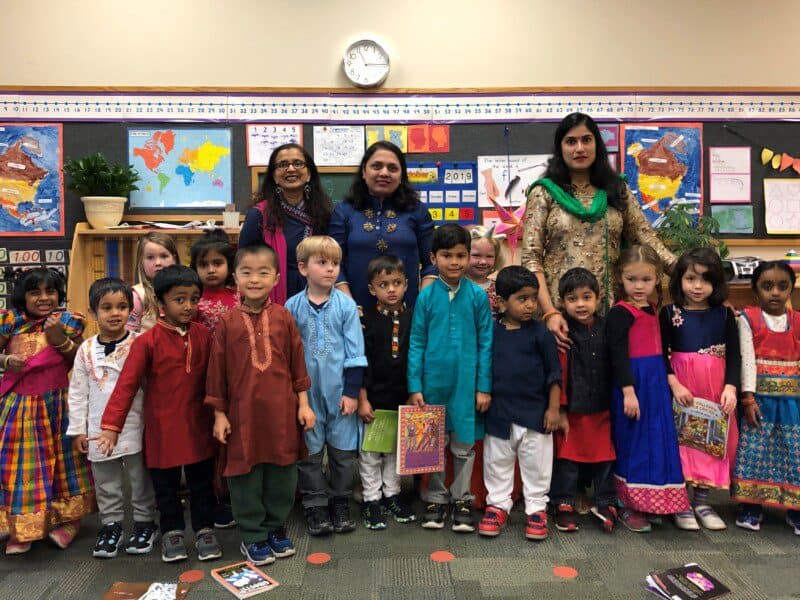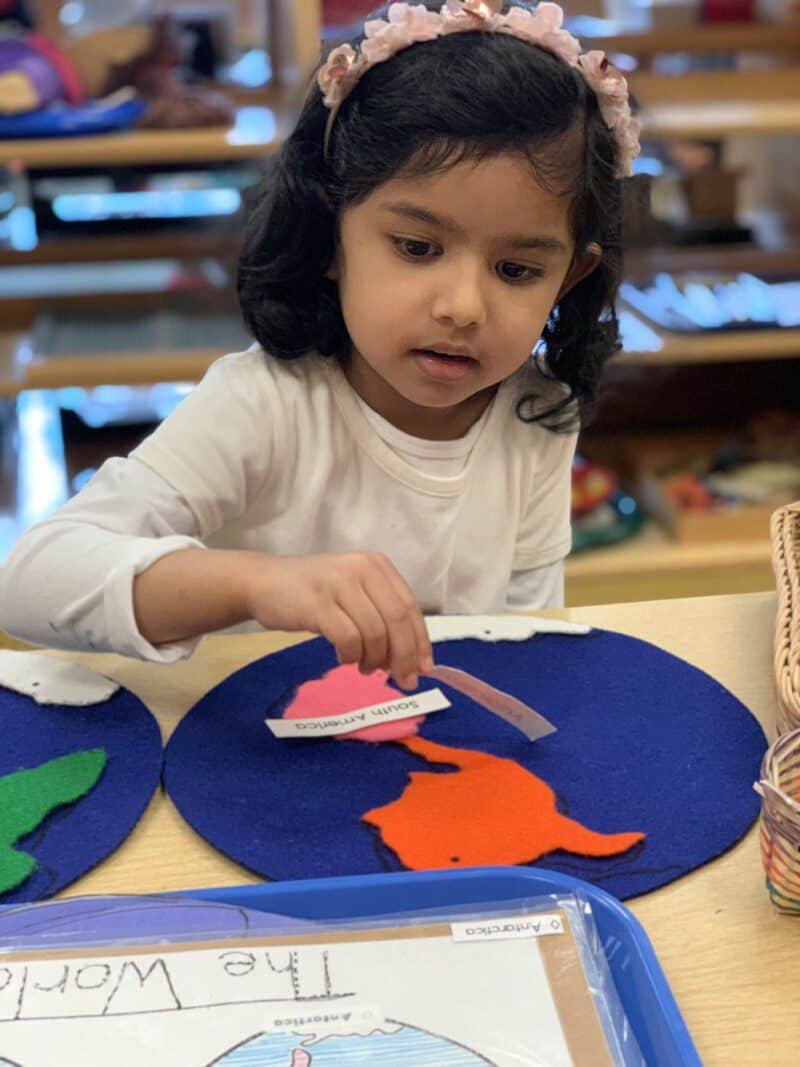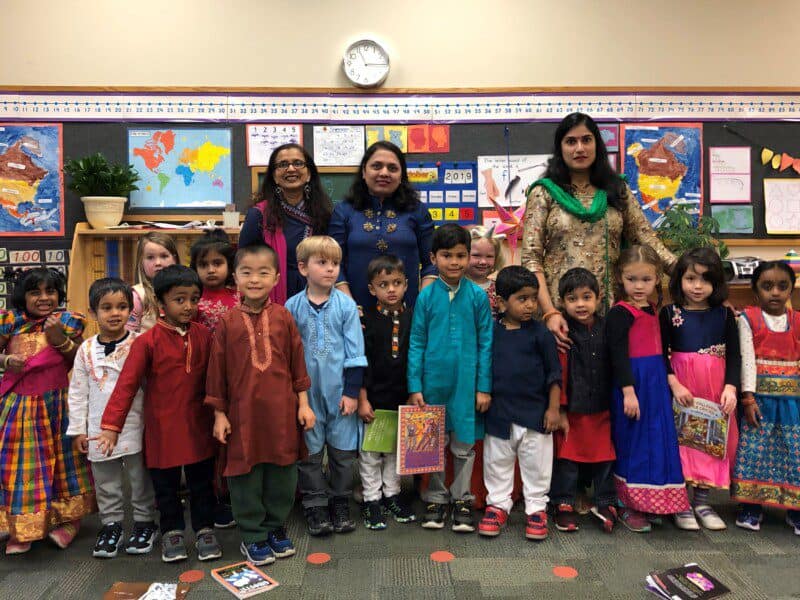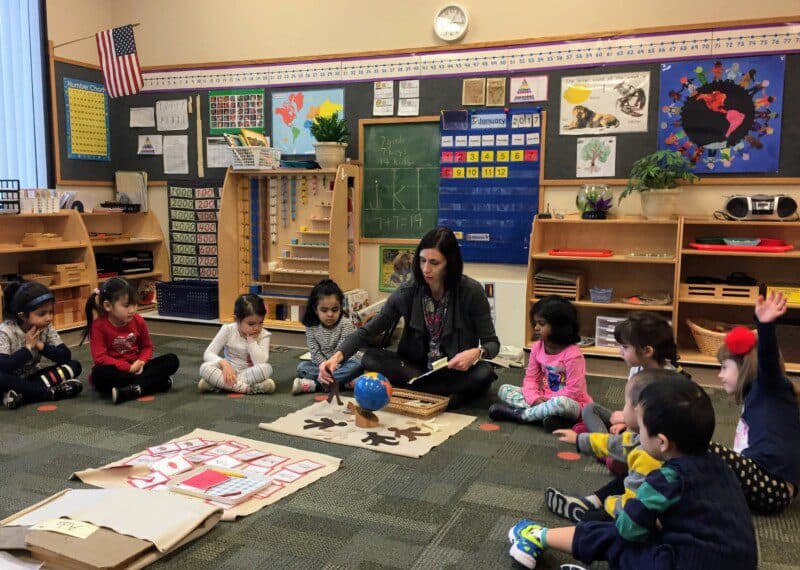Montessori education is unique and groundbreaking in that it incorporates cultural and peace education. Over one hundred years ago, Dr. Maria Montessori wrote, “The child is both the hope and a promise for mankind.” Montessori children gain a world view from a young age. Children begin to realize that they are part of a larger community. Maria Montessori’s goal was to promote global understanding and international peace. This understanding begins with geography and cultural lessons.
Through geography lessons, children become aware of where they live in the world. Young children learn to identify the continents and many countries. Their world expands. Montessori cultural lessons expose children to different people and their cultures. These lessons include how people have adapted to different climates, their homes, clothing, food, and customs. Through continent and cultural studies, children learn about the interconnectedness of all life on earth. The journey continues in the Elementary curriculum with lessons in Cosmic Education.
In the 3 to 6 classroom, Montessori teachers use the continent maps and globes as well as atlases, pictures and books for their geography and cultural lessons. I remember when my son 3 years old and became fascinated with a book that his teacher had in her Montessori classroom. The book was called Children Just Like Me, by Anabel & Barnabas Kindersley. Each page featured a photograph of a child and what his life was like in his country, with pictures of his family, his school, and his favorite foods and games. This book and the Montessori maps inspired by my son’s interest in learning more about the world.
Montessori provides young children with a unique opportunity, the early exposure to the concept that children around the word are different but the same. A Montessori teacher is aware of the importance of having multicultural books and posters in the classroom. Cultural celebrations are a regular part of the Montessori classroom. Diwali, Chinese New Year, Hanukkah, Eid, Ramadan, and other celebrations are honored. Teachers welcome parents to participate by volunteering to share some of their cultural traditions. Parents read books, teach some words in their language, or explain some of their traditions using objects or pictures. Other parents bring in traditional food to share. Parents also help to supervise special art projects. Children have the opportunity to try on traditional clothing and eat delicious snacks. These experiences for young children instill in them a respect and appreciation for differences.
Peace lessons teach these messages of respect and appreciation directly. The peace basket or the peace table is used by children to resolve conflicts. The peace basket that we use in our classroom contains a small ball, a flower, and a bell. The child holding the ball expresses his point of view. Using “I messages”, the child tells the other child how she feels. Next, the children pass the flower to each other, which signifies their willingness to make peace. Finally, they ring the bell to signify that the problem has been resolved. By listening to the viewpoint of another child, a child begins to develop empathy for others.
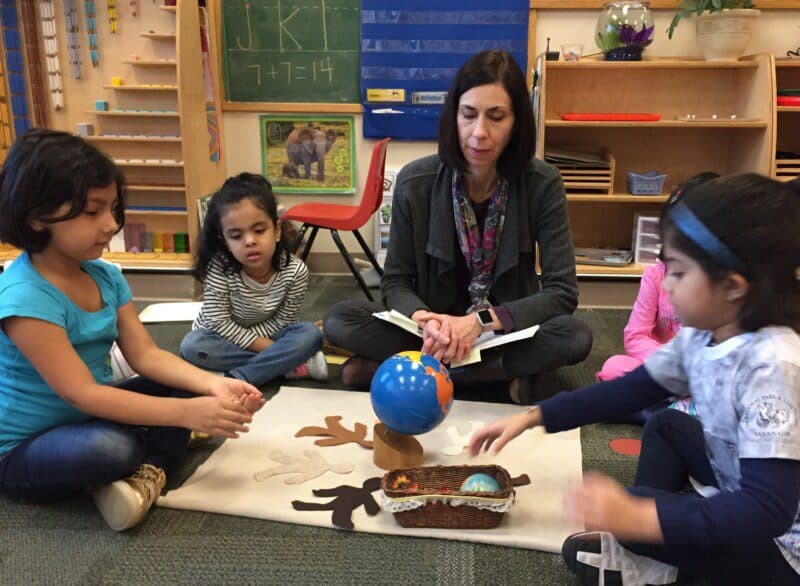
Here is an example of another peace lesson that I present in my classroom. The goal of the lesson is to reinforce the concept of appreciating differences in people. I begin by reading The Colors of Us, by Karen Katz. The children place their hands on the floor in front of them. We look around and notice the different skin tones. We talk about how all the children around the circle do not look the same, and that is a good thing! Next, I show felt cutouts of children with different skin colors. Each felt child has a gold sequin on their heart, which represents their love light. Then I read a story about how at first, the children were afraid of others that looked different from them, but they learned to appreciate their differences and were united by love.
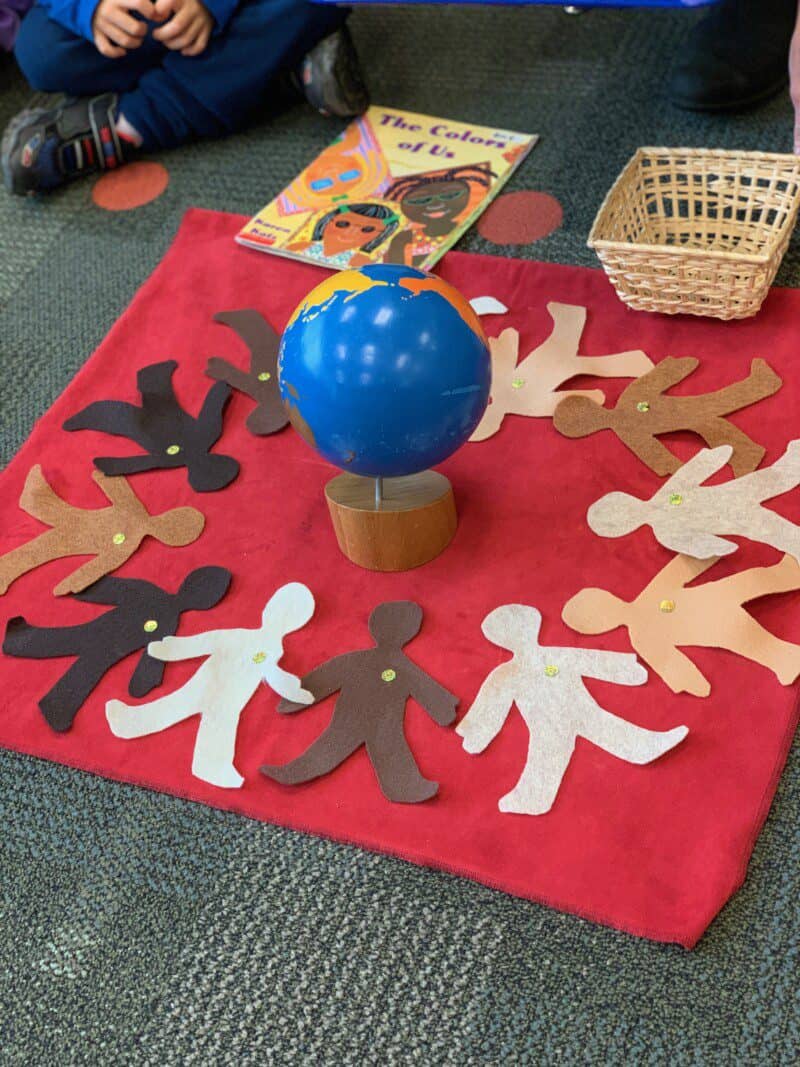
Another extension is the Love Light necklace lesson. Children make a felt heart necklace for a friend. In the center of the heart, the child glues a gold sequin that represents their love light. This activity incorporates the practical life skills of beading and sewing.
The resource that I used for these peace lessons is Honoring the Light in the Child, Activities to Nurture Peaceful Living Skills in Young Children, by Sonnie McFarland. She credits Maria Montessori with being a pioneer in peace education. McFarland says,
Dr. Maria Montessori was one of the first educators to recognize the connection between seeing and responding to the intrinsic beauty and love with children and their ability to manifest their greatest potential and talents. She created an education model based on this realization. (McFarland, p. 3)
McFarland field tested the peace lessons outlined in her book at the Montessori School of Denver. She recognized the importance of presenting these lessons to very young children. McFarland states,
“To educate for lasting peace, we must begin at birth. Children come into this world with pure love or light in their hearts. When this love is recognized and consistently reflected back to them, they are able to develop their fullest potential and become responsible citizens of the world.” (McFarland, p.5)
That is why my favorite quote from Dr. Maria Montessori is, “The child is both the hope and a promise for mankind.” This message is timely today. As it has been in recent years. This message gives me hope. It solidifies my commitment to Montessori education. It makes me realize that Montessori teachers, working with the very youngest children, have one of the most important jobs on earth!
by Carolyn Kerr

